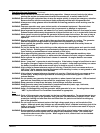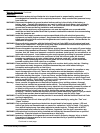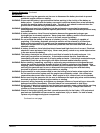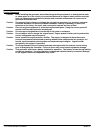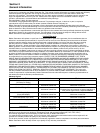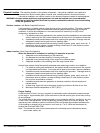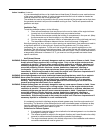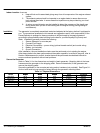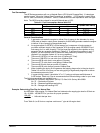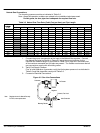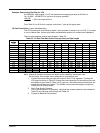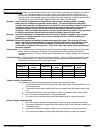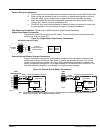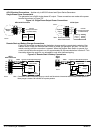
Receiving & Installation 3-3MN2415
Indoor Location
Continued
It is recommended that the cool air intake have at least three (3) times the cross−sectional area
of the power ventilation system. It is also recommended that the cool air intake be located as
close as possible to the top of the generator set.
The exhaust fan must be connected to the AC power terminals of the generator set so that when
the generator set starts it will provide immediate cooling air flow. The fan will operate until the
generator set stops.
Ventilation Test
To test the ventilation system, do the following:
1. Place a thermometer as close as you can to the cool air intake of the engine’s blower
housing but do not let the thermometer touch any material surface.
2. Place another thermometer outside the building or compartment in the open air. (Keep
the thermometer out of direct sunlight or any other heat sources).
3. Run the engine under maximum load for an extended period of time (at least one hour).
4. The temperature difference between the two should not exceed 15 degrees F.
Note that opening any door, window or other opening can upset the air−flow pattern and result in
a significant reduction in the cooling air−flow across the generator set. This may result in
overheating, fire, or explosion. To find out if this is true with your specific application run the
Ventilation Test with all doors and windows closed. Then repeat this test with different doors and
windows open, and eventually with all the windows and doors open. If any of these tests result in
a temperature difference in excess of 15° F, you must not run the generator set under those
specific conditions.
Hot Exhaust Gasses
WARNING: Exhaust fumes/gases are extremely dangerous and can cause severe illness or death. Never
breath exhaust fumes produced by a running engine. Only run the engine outdoors where
ventilation is plentiful. Exhaust gases contain carbon monoxide, a colorless, odorless and
extremely dangerous gas that can cause unconsciousness or death. Symptoms of carbon
monoxide poisoning include: dizziness, nausea, headaches, sleepiness, vomiting or
incoherence. If you or anyone else experiences these symptoms, get out into fresh air
immediately. Stop the engine and do not restart the engine until it has been inspected and if
necessary repaired or reinstalled in a well ventilated area.
WARNING: Hot exhaust gasses must never be directed toward anything that may catch fire or explode.
WARNING: Never allow the exhaust outlet to be positioned so that the exhaust gases are directed
towards any openings or air entry routes (doors, windows, vents, etc...) of an occupied
building. When discharging the hot exhaust gases out of the building do not direct them
towards anything that could catch fire or explode.
WARNING: Exhaust fumes/gases are extremely dangerous and can cause severe illness or death. Never
breath exhaust fumes produced by a running engine. Only run the engine outdoors where
ventilation is plentiful. Exhaust gases contain carbon monoxide, a colorless, odorless and
extremely dangerous gas that can cause unconsciousness or death. Symptoms of carbon
monoxide poisoning include: dizziness, nausea, headaches, sleepiness, vomiting or
incoherence. If you or anyone else experiences these symptoms, get out into fresh air
immediately. Stop the engine and do not restart the engine until it has been inspected and if
necessary repaired or reinstalled in a well ventilated area.
It is extremely important to discharge engine exhaust gasses away from the engine and out of
the building. The direction of the discharged hot air and hot exhaust gases is important as they
have the potential to create brown spots on the lawn. In extreme cases this extremely hot air
could cause dried grass or other debris to ignite.
Guidelines for Exhaust System
1. It is extremely important that you do not allow the hot exhaust gases to re−circulate into
the engine’s cooling air intake.
2. The exhaust system is subject to the engine’s vibration and it must therefore be solidly
secured to reduce mechanical stress and the potential for breakage.
3. The engine’s exhaust system is the hottest component of the installation and extreme
care and considerations must be given to it.



